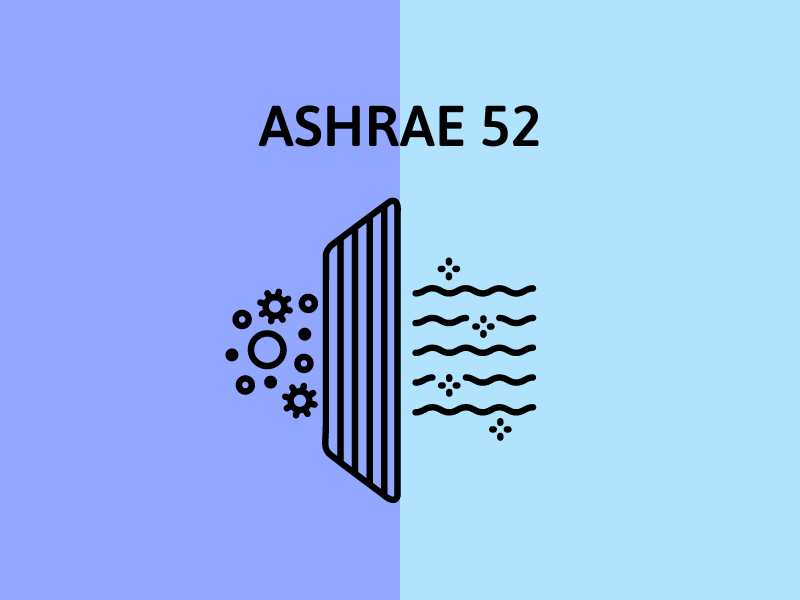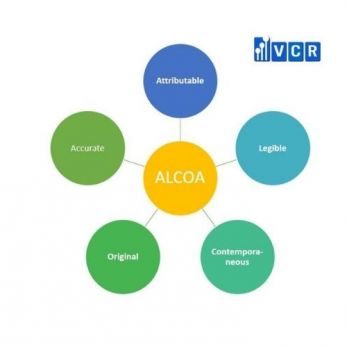What is ASHRAE 52? Compare ASHRAE 52.1 and ASHRAE 52.2
ASHRAE 52 is one of the earliest official standards addressing the efficiency of air filters for HVAC systems. It includes two key standards: ASHRAE 52.1 and ASHRAE 52.2. Let's explore the definitions and differences between these two standards!
What is ASHRAE 52?
ASHRAE 52 Standard Characteristics
- Arrestance Test: This method assesses the ability of low-efficiency filters to capture and retain larger dust particles.
- Atmospheric Dust Spot Test (ADST): This test evaluates higher-efficiency filters by measuring color changes on a test filter, which indicate the average removal efficiency of fine dust particles.

Some inadequacies of the standard ASHRAE 52
Distinguish between ASHRAE 52.1 standard and 52.2
ASHRAE 52.1
- Dust Spot Efficiency (ADST - Atmospheric Dust Spot Test): Measures the efficiency of the filter in removing atmospheric dust from the test air.
- Dust Capture Efficiency (Arrestance Test): Determines the amount of total dust the filter can collect.
- Dust Holding Capacity: Indicates the amount of dust the filter can hold until it reaches the final pressure differential. This capacity provides an estimate of the filter's relative lifespan.
ASHRAE 52.2
- ASHRAE 52.2 measures fractional particle size performance (PSE) of the filter. This test helps determine the filter's ability to remove dust particles of different sizes (ranging from 0.3 microns to 10 microns).
- ASHRAE 52.2 also introduces a new method for recording filter efficiency and establishes the Minimum Efficiency Reporting Value (MERV).
- The ASHRAE 52.2 standard does not consider the filter’s lifespan. Dust holding capacity is not a necessary parameter in the test report.
Some main differences between ASHRAE 52.1 and ASHRAE 52.2 standards:
Comparison table of ASHRAE 52.1 and ASHRAE 52.2 standards
| ASHRAE 52.1 | ASHRAE 52.2 | |
| Substances used in the experiment |
ASHRAE synthetic test dust (for dust holding and holding ability test) Atmospheric dust (for dust point efficiency test) |
Polydisperse KCL solid spray |
| Particle size | N/a | 0.30 μm - 10 μm |
| Sampling tools | Dust opacity meter | Optical particle counter (OPC) or Aerodynamic particle counter |
| Air duct | Straight windpipe | Straight pipe/ U-shape tube, with HEPA filter |
| Wind in | Outdoor air (to achieve dust point efficiency), not indoor air | Indoor air or air |
| Wind out | Exhaust gas to the outside or an indoor space completely isolated from the inlet, or circulating | Gas discharged outside, indoors or circulating |
| Temperature | N/a | 10℃ ~ 38℃ |
| Humidity | N/a | 20% ~ 65% |
| Results Obtained | Head pressure difference, initial/average dust point performance in the atmosphere, dust holding capacity | Head pressure difference, at least 75 effective values, MERV under the rated air flow |
| Weakness | Not counting the filtration efficiency according to each particle size; the master obtains the dust dot efficiency of the filter. | Cannot evaluate industrial air purifiers and air purifiers in the room such as ozone generators and ionizers. |



















